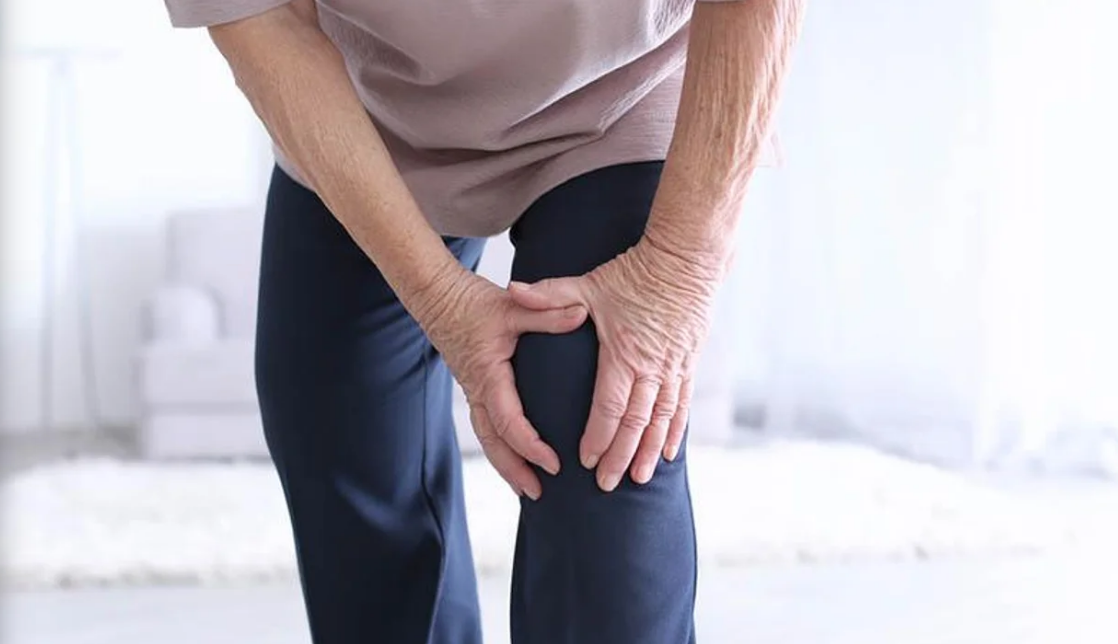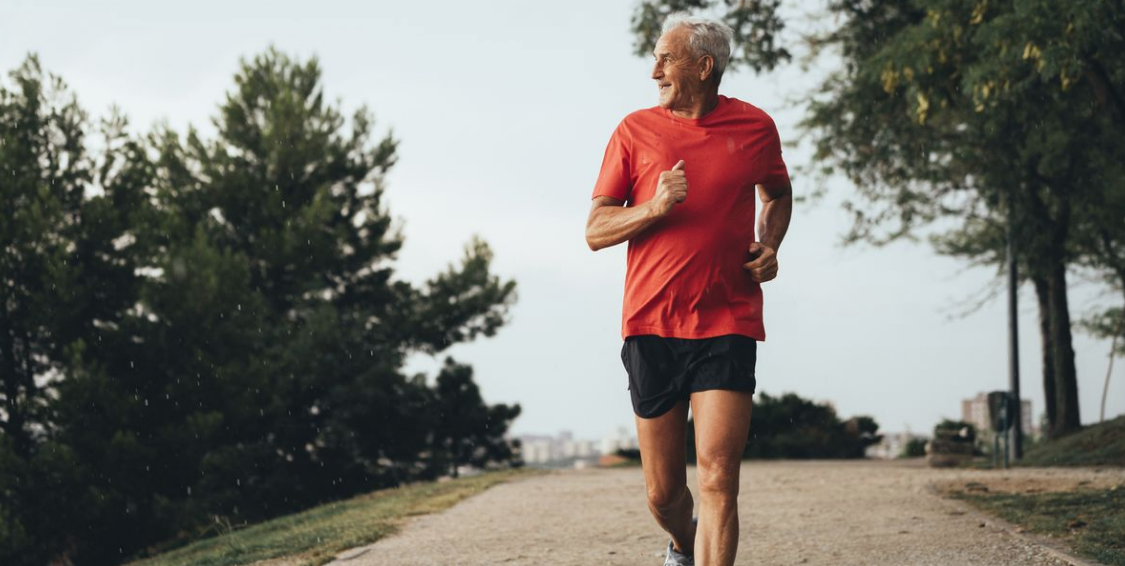6 Golden Rules for Osteoarthritis
Osteoarthritis (OA) is an incredibly common condition that can affect anyone, but is usually more prevalent in people over the age of 40, or with previous joint injuries. The joints may feel stiff, make clicking or grating noises, and can become aggravated with activity. Source: Arthritis Australia
Osteoarthritis myths
It is a condition that sparks a lot of anxiety and fear, because for eons we’ve been told scary stories about this musculoskeletal boogeyman. You’ve probably heard it’s a “wear and tear” condition, along with other scary descriptors such as “bone on bone”, “degeneration”, “bone spurs”, etc. But those descriptions are both inaccurate and inappropriate. For the majority of people living with osteoarthritis, they are able to do just that; go on living! It may seem counterintuitive, but exercise and movement is perhaps the greatest medicine available for your stiff and sore joints.
Okay, not the boogeyman, what is it?
In OA the joint space does become narrower, as the cartilage that lines the bone becomes thinner. But it isn’t load and exercise that “wear and tears” the cartilage, in fact osteoarthritis is often less common in runners! Research shows us now that rather than just mechanical load on the joint (i.e. running, skiing, tennis, basketball, etc), it is caused primarily by a biological process (involving hormones, chemicals, proteins, etc).
Why does it hurt?

All right, I can hear what you’re saying; “who cares why it happens, it still hurts when I use it!”, so allow me to explain. Understanding your pain is the key to reintroducing exercise in a safe and helpful way. The origin of your pain isn’t the cartilage itself – it doesn’t have any of the nerve endings that sense and transmit pain. It’s not the bone either – again, no nerve endings! Pain is an incredibly tricky phenomena that is best explained to you by a health professional with knowledge of your specific circumstances, I highly recommend talking to any of the Osteopaths or Myotherapists at Peninsula Osteopathy + Allied Health. Pain doesn’t indicate the level of change within the joint. Pain does not equal damage. Have you ever had a papercut? Ouch! Stubbed your toe on the coffee table? Stepped on a runaway Lego block? You get my point… Pain is an alarm, warning you of the potential for danger, but it’s not an alarm you’d rely on daily to get out of bed.
There are three main structural origins of pain in OA. Firstly, the periosteum, a thin tissue that covers the bone like Gladwrap. Second, the synovium, the tissue that encapsulates the joint, like a balloon. And lastly, inflammation and oedema, this is the influx of chemicals and hormones designed to heal the area. All three of these can contribute to pain in varying amounts, but there are other pain factors to address with your health practitioner, such as; sleep, stress, diet, mood, activity levels, comorbidities, and more!
What can I do about it?
After an OA diagnosis, people often try to minimise the “damage” by reducing their exercise, walking less and even ceasing the leisure activities they love most. But what you’re really sacrificing is your cardiovascular health, mood, mental wellbeing, bone density, muscular strength, and increasing your risk of a variety of chronic conditions. Exercise can improve the metabolic factors associated with your condition and allow you to move more efficiently. A progressive reintroduction to exercise, guided by a health professional, can improve your osteoarthritis and reduce your risk of other conditions.
6 Golden Rules
1. Talk to a health professional
The Osteopaths and Myotherapists at Peninsula Osteopathy + Allied Health can provide a thorough assessment of your condition, function, mobility, and strength. They can accurately diagnose your condition and answer any questions you may have about it. They can help to address lifestyle factors that may be contributing to your pain. They can provide expert manual therapy to ease the aches and pains associated with your condition. And they can help guide a progressive and individualised plan to get you up and moving!
2. Reconsider your X-Rays
X-Rays, MRIs and other images are useful tools for identifying sinister conditions, however it can often be alarming to see the different changes to our body on an image. Unfortunately, findings on imaging often correlate very poorly to pain and function1. People with no pain can have drastic irregularities on their images, and others in great pain can show next to nothing! Talk to your practitioner about what your images mean for you.
3. Aerobic exercise
This type of exercise involves raising the heart rate and is where a lot of the cardiovascular health benefits come from. Start small, doing a little more than you currently do, and gradually increasing it – under the guidance of your health professional. Walking, jogging, swimming, and cycling are great aerobic activities, but the best exercise is the one you enjoy doing. Maybe you used to play tennis, or maybe you want to get into golf, there is no shortage of ways to raise your heart rate and get moving.
4. Resistance exercise and balance
Moving your body against resistance and trying not to fall over. There are many bodyweight exercises that can achieve this, and with the addition of a few resistance bands or small weights, you’d never have to step foot in a gym if you didn’t want to. Again, speak to a health professional to learn which exercises will suit you, how to do them, and how often.
5. Diet and lifestyle
Familiarising yourself with Australia’s Dietary Guidelines can help guide you on the types of foods you should be eating on a regular basis. Diet and metabolism affects the hormonal and chemical processes that can increase joint pain and other health conditions. The odd Tim-Tam won’t hurt, you’d be shocked to see the food cupboard in the POAH tea room, but eating well as regularly as possible will go a long way to your health.
6. Don’t let pain rule you
If you wait for pain to dissipate completely before you begin exercising, you might never exercise. It is normal to feel some discomfort after increasing your activity levels, if your pain levels are tolerable and stable – within 3-4/10 – you shouldn’t fear continuing your exercise regime.
References
Guermazi, A., Niu, J., Hayashi, D., Roemer, F. W., Englund, M., Neogi, T., … & Felson, D. T. (2012). Prevalence of abnormalities in knees detected by MRI in adults without knee osteoarthritis: population based observational study (Framingham Osteoarthritis Study). Bmj, 345.

